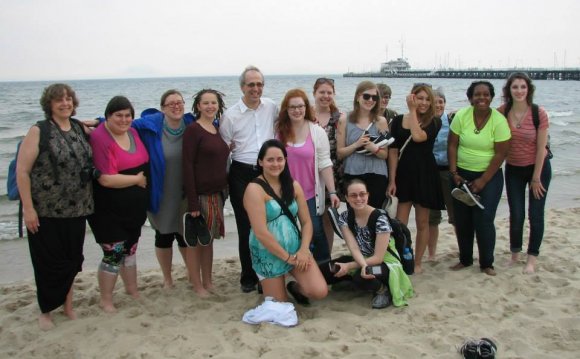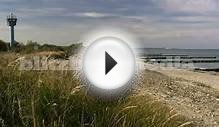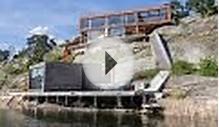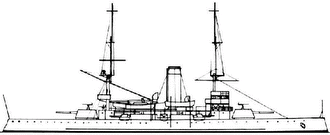
 The coastal zone of Puck Bay is an area of important submarine groundwater discharge to the Baltic Sea.
The coastal zone of Puck Bay is an area of important submarine groundwater discharge to the Baltic Sea.
•
The effect of a submarine groundwater discharge on the meiofaunal community is reported.
•
A significant decline of meiofaunal taxa incl. nematods and harpacticoids is described.
•
Methanogenesis processes leading to the high production and methane emission in the area of submarine groundwater discharge.
•
Patchiness of meiofauna could be explain by patchy distribution of submarine groundwater discharge.
The discharge of groundwater into the sea affects surrounding environments by changing the salinity, temperature and nutrient regimes. This work reports the spatial effects of a submarine groundwater discharge (SGD) on the abundance and structure of the meiofaunal community in the shallow area of Puck Bay (Baltic Sea). Several field expeditions in the years 2009 and 2010 found that low-saline groundwater escapes into the bay from permeable, sandy, near-shore sediments. The SGD literature has grown rapidly during the current decade; however, the effects of this type of disturbance on the shallow sandy bottom fauna have thus far been little studied. We provide evidence that the discharge of groundwater has a clear effect on meiofaunal assemblages in the research area. This effect was reflected in a significant decline of certain meiofaunal taxa, mainly nematodes and harpacticoids, as well as in altered patterns of temporal distribution and small-scale (vertical) zonation of meiofaunal assemblages. Overlooking submarine groundwater discharge processes may lead to serious misinterpretations of ecological data. It is clear that groundwater discharge phenomena should be considered in future scientific studies.
Keywords
- Submarine groundwater discharge (SGD);
- Ecological impact;
- Meiobenthos;
- Permeable sediments;
- Coastal zone
RELATED VIDEO












